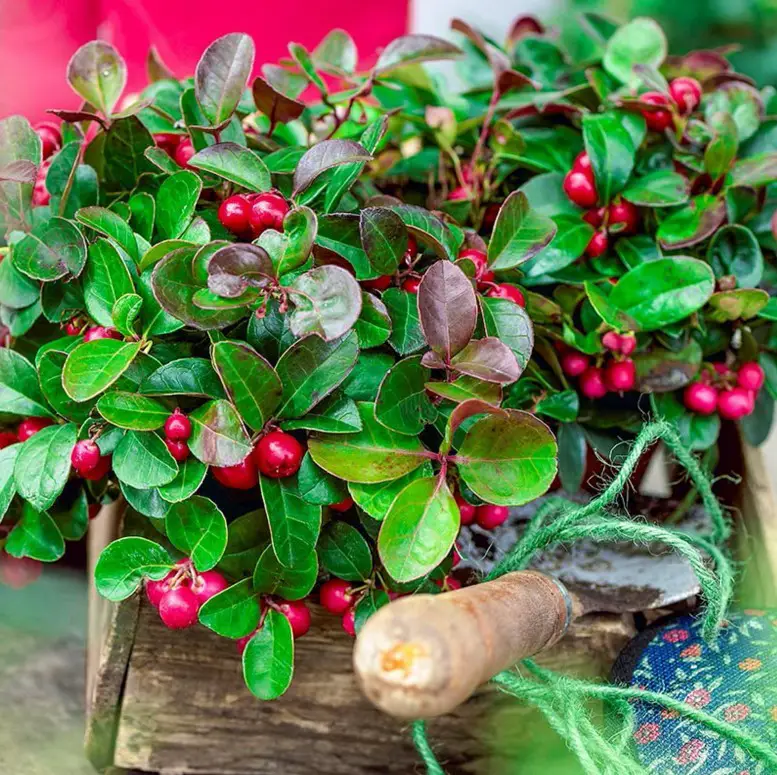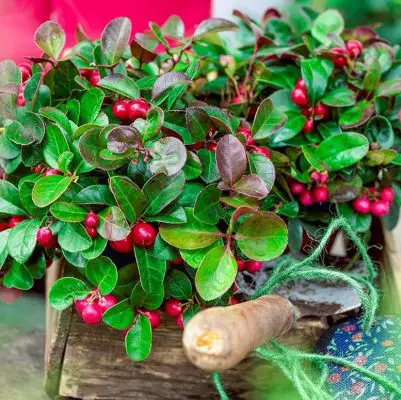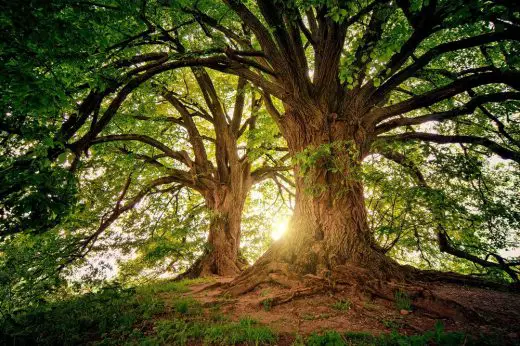Planting perennials in your garden benefits guide, Flowers nursery, Home landscape tips, Plant advice
Planting Perennials in Your Garden
January 17, 2023
Planting perennials can be an excellent way to add some diversity and vibrant colors to your outdoor space while reducing the time and money you put into maintaining it. Perennials are
beautiful flowers that come back each season, allowing you and wildlife, such as hummingbirds, butterflies, bees, etc., to enjoy them throughout the year!
In this article, we’ll explore the many benefits of planting perennials in your garden—from decreased maintenance requirements and bloom times spanning multiple seasons to providing food sources for pollinators like birds, moths, beetles & more.
The Benefits of Planting Perennials in Your Garden
The right plant for your home is as enjoyable as it can be difficult. There are many factors to consider; however, the first one to decide is whether or not perennials will be the ideal option for you.
Perennials differ from other species like bi-annuals and annuals since they can live for a number of years. If you own perennial plants, they will bloom, produce, and then die within an entire year – see www.wholesalenurseryco.com.
However, the roots remain, and, as a result, the subsequent year’s crop and flowers emerge from the seeds. An excellent example is the fruit trees, such as the Japanese persimmon tree, a popular choice for gardeners to incorporate into their gardens.
There are many kinds of perennial plants and flowers in addition. Because of their sturdy root system, the perennials offer many advantages in terms of their roots. Here are some benefits of planting flowers in your yard.
Nutrients
With deeper roots extending deeper into the soil, perennials can gain nutrients beyond their reach for annuals. They then transport these nutrients to the surface so that they and other plants can access them.
This is especially beneficial for nitrogen, which is vital for plants’ growth and requires lots of. It is also essential for trace elements like iron and magnesium, which tend to be deeper in the soil’s profile instead of being on topsoil.
Soil structure
Since the perennial rootstock remains in the soil and it will continue to grow throughout the years. They help in improving soil structure because of their sturdy roots. As they grow and spread more, they create space and channels which allow water to move through. They also help create pore spaces which aid in aerating the soil.
By doing this, they help the plants living in the area and also the microorganisms. This gives them the oxygen and water they require to live. In addition, it moves through the soil, ensuring that it can process the organic material more efficiently.
Annual less maintenance
One of the greatest benefits of perennials is that they do not have to be planted yearly. Gardeners conserve time and energy by not removing flower beds of the previous year’s plants or sowing seeds and composting and mulching the area each year. Furthermore, once perennials are established, they require less attention as their roots can provide them with the necessary nutrients.
Saves energy
Since perennial plants produce their crops using the same rootstock, and you are growing it, you only require a little energy clearing areas for sowing seeds, composting, sowing or mulching the soil, and supplying the plants with nutrients.
If you also have perennials, you know the quality and quantity of produce that your perennial will produce during its maturing seasons. This means that you can decide if it’s a fruit or vegetable to ensure that your product is sold at your local grocery store and also know when your crop is ready to harvest.
Overall, perennials require less attention than annuals, which require lots of attention to flourish. This is due to the fact that they have established themselves, and their rooting system assists in providing them with the nutrients they require.
Propagation
There are a variety of perennial plants which live for a long period of time. However, even the best of them will eventually decrease. However, perennials can adapt to the method of propagation that involves splitting.
In this manner, they break off the plant’s root clumps and break it up into distinct plants. After that, the gardener can plant each division, ensuring that the area they are planting is larger than the one previously occupied by the plant.
They will then become fresh and sustainable plants with renewed energy and potential growth potential. This makes perennial plants distinguished in comparison to other types of plants.
Water
Similar to nutrients, the roots of perennials draw in water from deeper in the soil profile. This water is then accessible to other plants that have smaller root systems. This also prevents the soil’s moisture from degrading and makes it prone to erosion.
Ground Cover
Planting low-lying perennials help to keep the soil’s humidity levels by covering the soil and not being exposed to the sun. Furthermore, they can keep the water and sun from eroding the top layer of soil and leaking nutrients out.
This can be especially beneficial in winter as the roots stay intact when the tops begin to die or lose their leaves.
Variety
Because there are numerous varieties of perennials, there are also more blooming times. Therefore, if you’re growing perennial vegetables, it is possible to determine when different varieties will be available. So you can prolong your garden’s production season with careful planning.
In addition, due to their variety, they are more resilient than annuals, can withstand extreme weather conditions and produce crops even when conditions aren’t optimal. Incorporate organic compost as you grow your perennials to ensure that they are established in the area they will remain for many years.
Following this, you will only require a little compost; however, it can benefit from mulching if it gets hot.
Bottom Line
Perennials are a great addition to any garden. They are low maintenance, provide beautiful flowers, and attract pollinators.
The benefits of planting perennials in your garden are numerous. By adding them to your landscape, you will create a beautiful and inviting space for you and your family to enjoy for years to come.
Comments on this guide to Planting perennials in your garden benefits article are welcome.
Gardens
Gardens Posts
When to plant lilly bulbs for vibrancy
How to Take Care of Your Growing Plants in the Garden
Expert gardening tips for your home exterior
Landscaping and garden design ideas for your outdoors
Top 3 factors for planning new landscape design
Home and Landscape Design
Residential Architecture Articles
Comments / photos for the Planting perennials in your garden benefits advice page welcome







